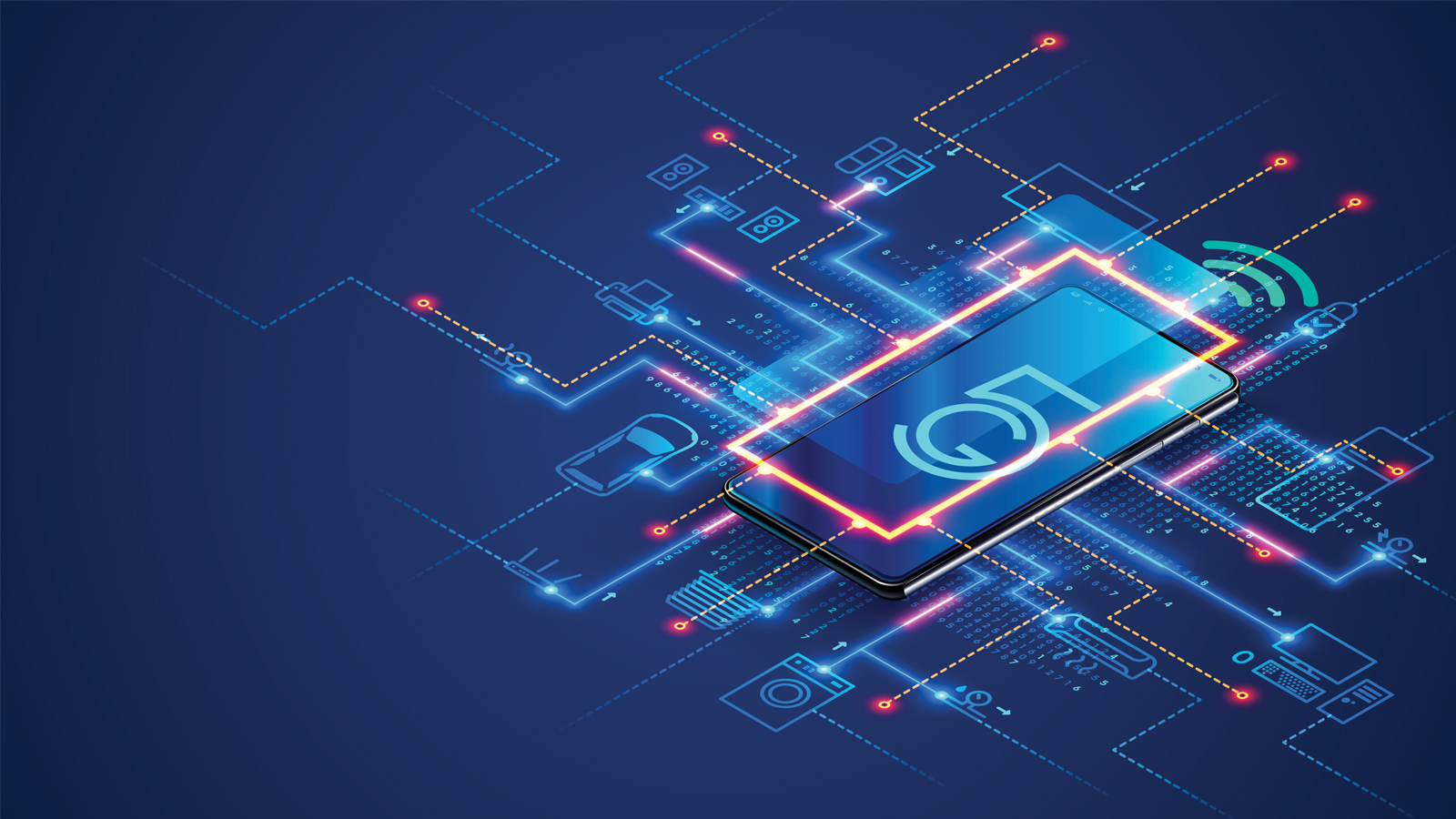5G and Edge – Supercharging CSPs into the NXt!
The advent of 5G isn’t just transforming the enterprise world, but pushing telcos to rethink service models too. 5G, edge computing, data analytics, IoT and other emerging technologies are driving communication service providers (CSPs) to change the way they operate. The next generation of wireless networks helps telcos cater to the changing needs of enterprises and end customers by enabling higher throughput, ultra-low latency, improved capacity, and ubiquitous connectivity, all at an affordable cost. The 5G era isn’t going to be advantageous for just the end consumers or enterprises, but a revolution that will benefit the telecom industry as well.
5G and Edge computing gives Telcos the opportunity to shift from the conventional unidirectional business model that largely caters to consumers, to a bidirectional one. It enables CSPs to provide composite services that make them an integral part of the digital ecosystem and a key component in Industry 4.0.
5G and CSPs - What’s the impact?
Enterprise leaders are increasingly pushing CSPs to prioritize 5G infrastructure, to enable their shift to 5G wireless networks. According to Gartner, the investment in 5G network infrastructure by CSPs will hit 21.3% by the end of 2020 from 10.4% in 2019. There has been a growing trend in 5G investments by CSPs owing to the increasing demand for the technology as enterprises are looking to leverage the myriad benefits and capabilities that the next generation of wireless networks can provide.
As the race to 5G adoption rises in the enterprise world, the competition is growing among CSPs as well. Today, 5G plans take the front seat as CSPs are working on using current assets to make the transition from 4G and LTE to 5G, pushing the former into more of a maintenance mode.

What's driving the change among CSPs?
The combination of 5G and Edge computing brings together powers that will open a new chapter in telecommunications and play a critical role in fueling Industry 4.0. CSPs are realizing the benefits of 5G and edge computing and the important role they play in its deployment.
While there may have been a slight dip in investments due to the pandemic, Gartner predicts that by 2023, 15% of CSPs worldwide will operate stand-alone 5G networks that do not rely on 4G network infrastructure, as they work to add stand-alone capabilities to non-stand-alone 5G networks.
What’s in it for CSPs?
Network slicing
Setting up a fully developed 5G infrastructure will enable CSPs to enhance their quality of service with network slicing. Slicing allows telecom operators to deploy numerous isolated end-to-end networks that cater to specific application requirements. With each network slice catering to a tailored need, CSPs can balance diversified network requirements across industries like ranging from remote healthcare needs to manufacturing and automation. With the blend of network slicing and edge computing powered by 5G, CSPs will be able to deliver networks that fulfil an array of enterprise requirements.
Enhancing CX
5G isn’t just faster than the current 4G/LTE network, but offers a superior customer experience as well. 5G enables CSPs to provide far better services without making expensive Capex investments, a profitable model for all stakeholders.
Better enterprise connectivity
As enterprises work towards establishing global presence, remote and virtual connectivity are integral aspects that they reply on. With the pandemic making work-from-home the new normal around the world, the ability to connect and collaborate with teams virtually has garnered phenomenal importance. 5G will enable seamless enterprise connectivity across a broader range of tools that will play a key role in the post-pandemic world, as many enterprises around the globe look to adopt permanent remote working models.
Superior mobile computing
5G will power significantly improved smartphone experiences by enabling users to take on tasks that were normally carried out on laptops/desktop systems. Faster data and easy access to cloud computing makes the case for 5G in the smartphone era as it promises to deliver a robust computing experience across all devices.
Telecom services have predominantly been used by end consumers and enterprises. There has been very minimal usage in the public infrastructure sector. With 5G, telecom services will be utilized in ubiquitous ways enabling innovation across various use cases like MIoT, smart cities and agriculture, remote health monitoring, autonomous vehicles and more.
A growth opportunity for CSPs
The 5G era brings with it the power to change the way enterprises function and interact with consumers. It isn’t a radically different concept but the next logical step in the world of networks. Enterprise leaders are gearing up to make the shift owing to the various needs that 5G caters to and CSPs will play a critical role in the adoption journey as they will be key enablers in the entire process.
A key factor that will prove to be a game-changer for telcos is Edge. It will enable them to get an advantage over cloud service providers who have been leading the cloud computing era. With 5G, telecom operators will have control over architecture and the proximity to users and IoT devices as well. 5G with Edge computing gives telcos a unique opportunity to step up the value chain and they are already leveraging the opportunity. CSPs are working towards enabling edge computing on the current 4G infrastructure.
With enterprises making the shift to 5G, consumers are also inclined to adopt the new network. This makes 5G a huge market opportunity for Telcos, enabling them to address enterprise and end consumer needs.










